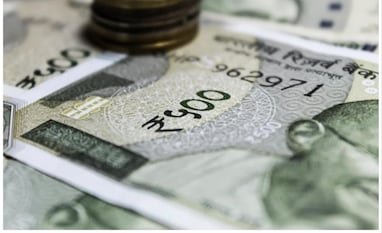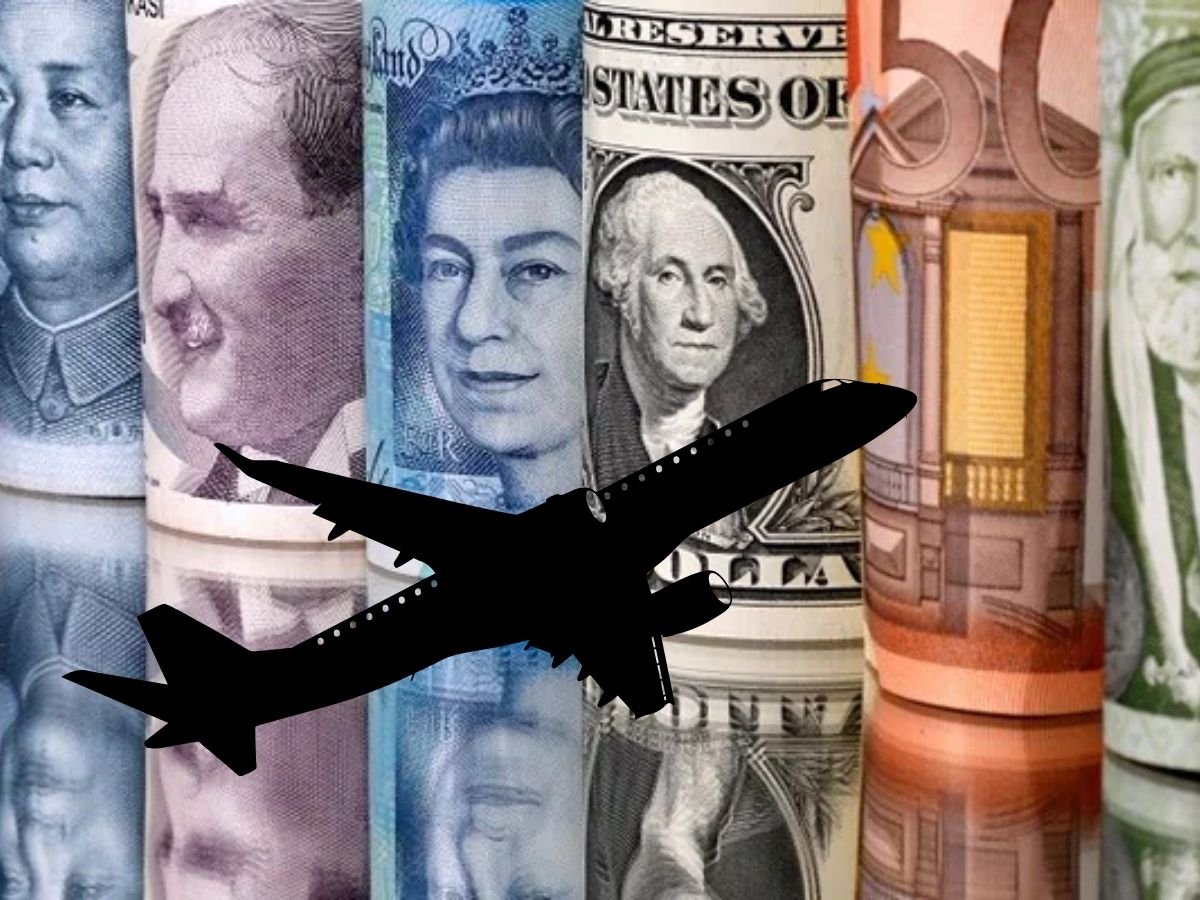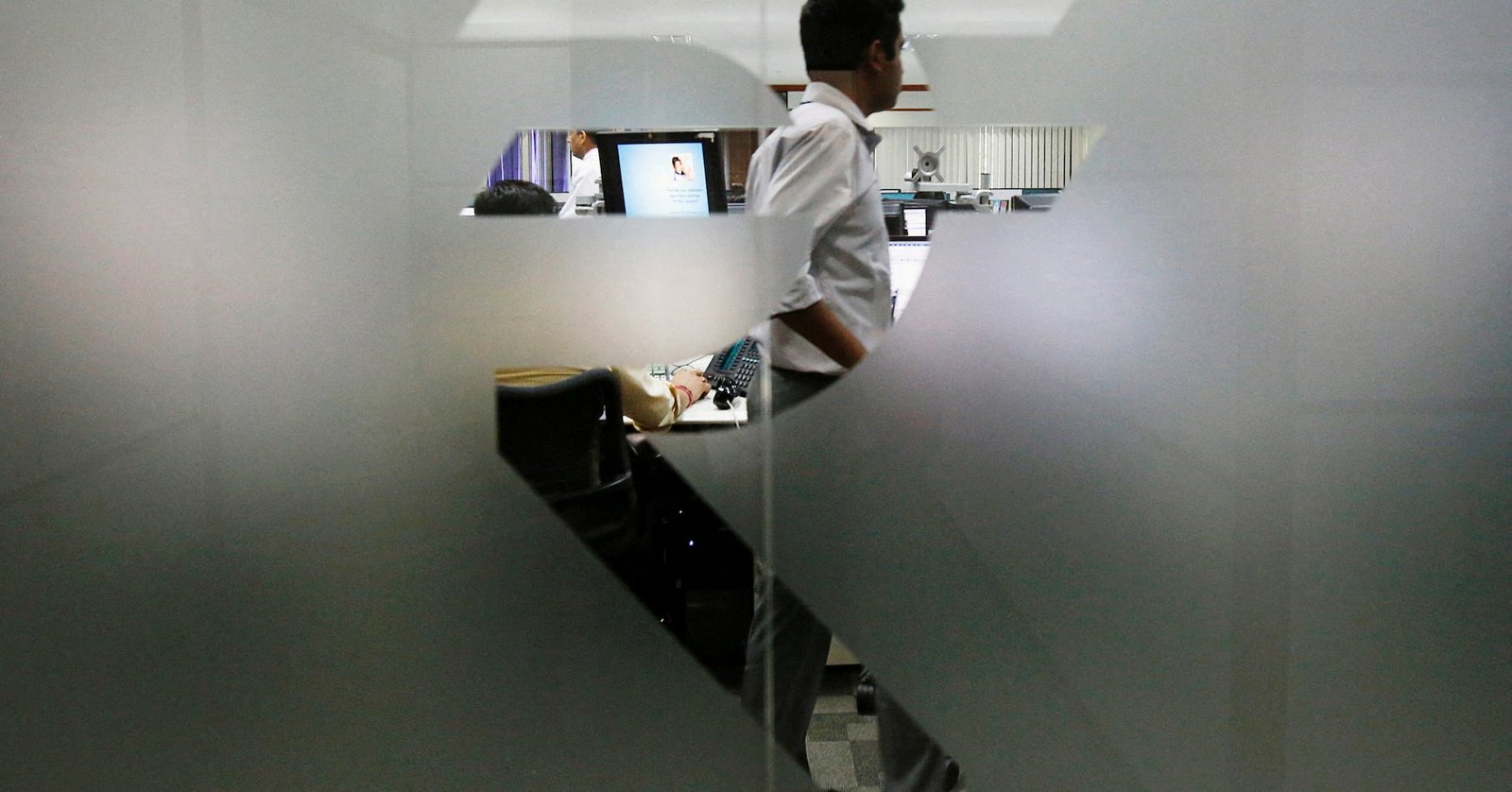In July so far, the rupee has depreciated by 0.4 per cent, against 0.1 per cent in June

Anjali Kumari Mumbai
The Indian rupee depreciated to a new low on Monday due to month-end dollar demand, said dealers.
The local currency hit the fresh low of Rs 83.74 against the US dollar during the day, before settling at 83.73 per dollar, flat against Friday.
Click here to connect with us on WhatsApp
The previous low was 83.73 per dollar on Friday. The Indian unit has hit fresh lows in the last five out of six sessions.
“Rupee has been continuously depreciating due to equity outflows and tracking Asian currencies. There is dollar demand from importers. Despite the fall in the dollar index, the rupee is depreciating because the market is not looking at it right now,” said V R C Reddy, head of treasury at Karur Vysya Bank.
In July so far, the rupee has depreciated by 0.4 per cent, against 0.1 per cent in June.
Market participants said that the Reserve Bank of India (RBI) intervened in the foreign exchange market through dollar sales which prevented the rupee from further depreciation.
“The Indian rupee remained in a range pressured by strong dollar demand from local oil companies related to possibly month-end payments. The foreign exchange reserves had earlier hit new lifetime highs indicating the amount RBI has bought to keep rupee under pressure. Rupee looks to be overvalued in terms of REER which is why RBI seems to be buying and absorbing all inflows,” said Anil Kumar Bhansali, head of treasury and executive director at Finrex Treasury Advisors LLP.
Market participants said the RBI had kept the rupee in check in July given the currency’s elevated real effective exchange rate (REER). According to the latest monthly RBI Bulletin, the rupee’s trade-weighted REER, based on a basket of 40 currencies, was 106.54 in June, which says that the local currency is more than 6 per cent overvalued.
In terms of the REER, the rupee appreciated by 1.8 per cent month-on-month (M-o-M) in June 2024, majorly due to the positive relative price differentials.







